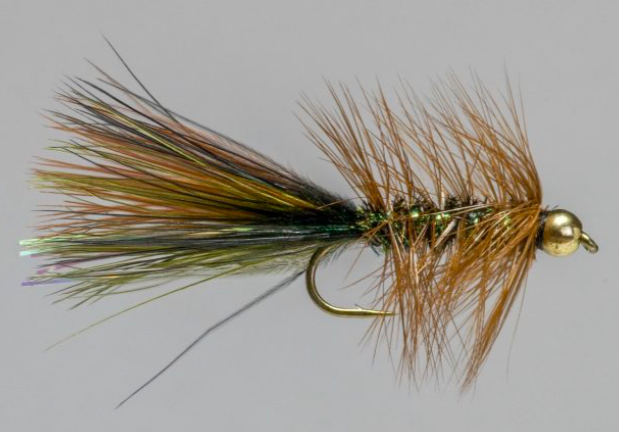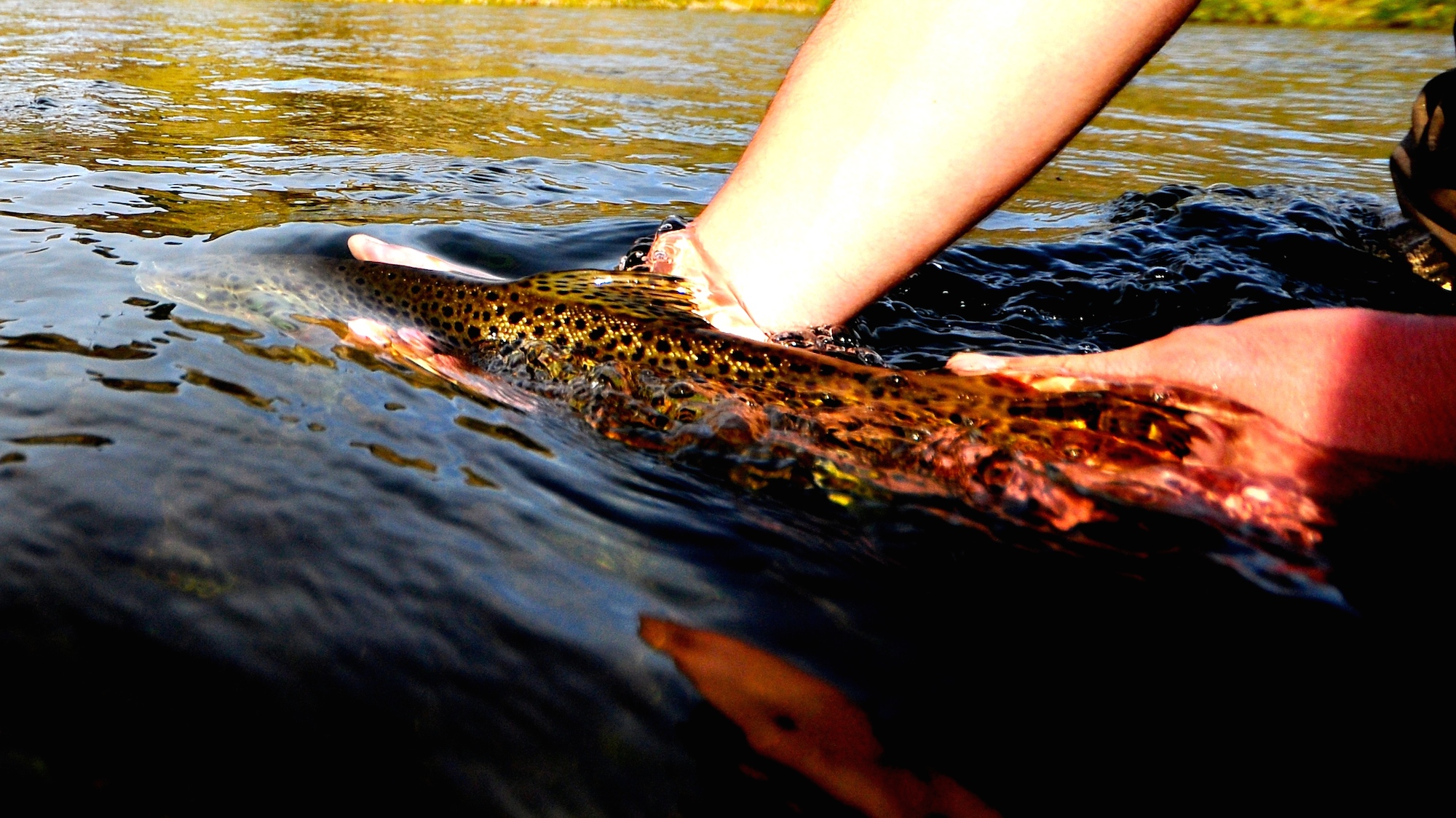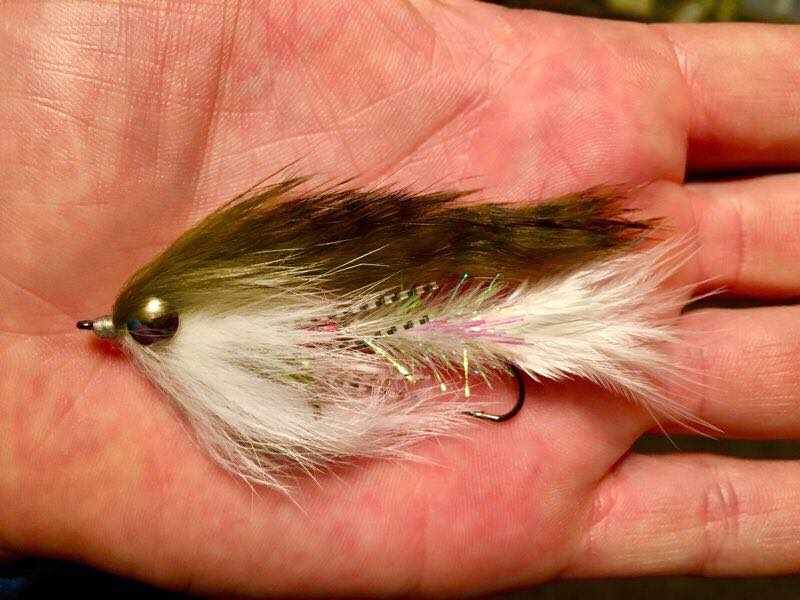Ditching Old Faithful
From our revealing Dick Magill, Angler Series comes todays blog by crack staffer and writer Richard. Want to speak with Dick Magill? Stop in and see him weekly @ Headhunters of Craig.
When you are on the water and you’re are digging through your streamer box, what’s going through your mind? Are you just picking old faithful, you know the one, or are you putting together a strategy to try and fool predatory fish?
Many of us tend to throw our “confidence patterns” first, and there is nothing wrong with that. However, next time you are on the water, I implore you to skip old faithful and try something new.
Not unlike all other styles of fly fishing, there are a ton of factors that go into making a large brown or rainbow trout attack some feathers tied to a hook. Sure, you will still catch a couple fish if you only throw the same three patterns, but to truly unlock your streamer fishing potential you will need to get fishy.
Unlike humans, fish evolved in an aqueous environment which is to say they live in the water. The way they interact with their environment is totally different than us. As obvious as that observation is, it’s still often overlooked.
Humans tend to anthropomorphise all kinds of stuff, including animals. Trout are no different. You hear people say things like “these are smart fish”. Trust me, they are not. Their brains are far too small. We sometimes give them too much credit when they won’t budge for old faithful.
With so many factors going into getting a fish to eat, it helps to think like a fish. As opposed to assuming fish can think like humans. Ask yourself, which of the fish’s senses are being stimulated to trigger a response? Is one more important than the others?
A neat sensory organ fish use both for predator avoidance as well as predation of other animals is called the lateral line. It’s used in the detection of hydrodynamic stimulation. When another aquatic animal comes near a fish, the fish can ascertain the exact location, direction, and speed of the incoming animal. All of that without even setting eyes on the possible advisory.
I often think about this ability when choosing my fly. A pattern that has some bulk to it will surly push more water, thus stimulating some sort of response, hopefully a positive one, from the fish.
When I’m digging through my streamer box, these are the things going through my mind. How bright is it outside? How clear is the water? How cold/warm is the water. I’m also thinking about what may be on the menu. Matching the hatch is bigger than just dry fly fishing. It pertains to the sub-surface game as well.
So how does this translate to streamer selection? Brightness of the sun, and clarity of the water generally dictate the colors I throw. If it’s super sunny with clear water, I’m going to throw a lighter color like white. One of my favorites is the Articulated Goldie. It flat out catches fish in bright clear conditions.
If its darker, either from cloud cover or time of day, I prefer to throw darker colors. Dark colors will have more contrast in low light. When night fishing the only color I use is black.
Water temp doesn’t really play into color selection for me, but it’s huge when you’re thinking about the right size and shape of your streamer as well as the correct cadence for your retrieve. In cold water, smaller to medium sized presentations worked deep and slow have been the most effective for myself. In the summer, I feel like there is a lot more freedom as far as the size/shape of your streamer. You can also incorporate a quicker and more erratic action during your retrieve.
Next time you are about to tie a streamer on, try to incorporate some of these tactics if you don’t already. It will surely make you a fishier angler. You will catch more fish.
And remember, if all else fails, just throw an Olive Woolly Bugger and hold on.





1 Comment.
Good read Richard.